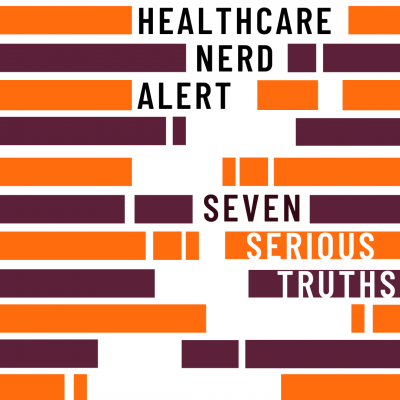We have two options: consumer market or federalized system
“Let’s create a consumer market for healthcare and let people choose. The problem with that is it doesn’t address the five percent of the population that are sick, really sick, and will never be able to afford to buy health. So you’d have to create some catastrophic pool. But [that five percent] represents almost 40% of cost.”
“[Another end game is] you just say we’re going to federalize the system. The federal government will make the rules, and you can buy outside the system if you want.”
Doctors would have to choose between private and public in a federalized system
“Doctor can’t say ‘I’m in the public system, but then this afternoon I’m going to see some private patients.’ You’re in or you’re out—no different than private education. You’re paying taxes for public schools. But if you choose to go to Vanderbilt, that’s fine.”
Our healthcare system will not look the same four years from now
“It’s not a system. It’s a collection of sectors that operate their own businesses and feed at the same trough.”
“I don’t think, four years from now, regardless of whether it’s Trump or Biden, the system will look like it does today.”
“We have to connect the dots between public health, preventive health and the private system. They operate in separate universes.”
The biggest change on the horizon
“One system-ness. We have to connect the dots between public health and preventive health in the private system. They operate in separate universes. And ironically, this is the policy’s part of this. Most of the funding for public health comes from state and local government. Most of the funding for the healthcare delivery system is federal…”
“COVID isn’t going away soon, and there’s an economic reality that we can’t afford the system we’ve built. Has our psyche about healthcare changed as a result of COVID? I think so.”
Curious for more? Listen to the full conversation with Paul here.




